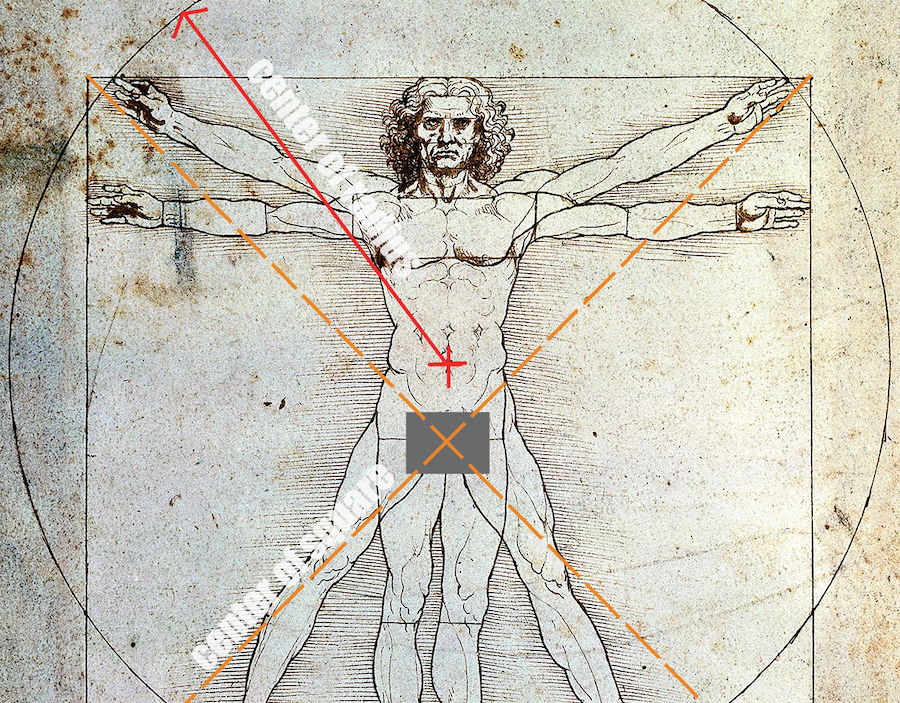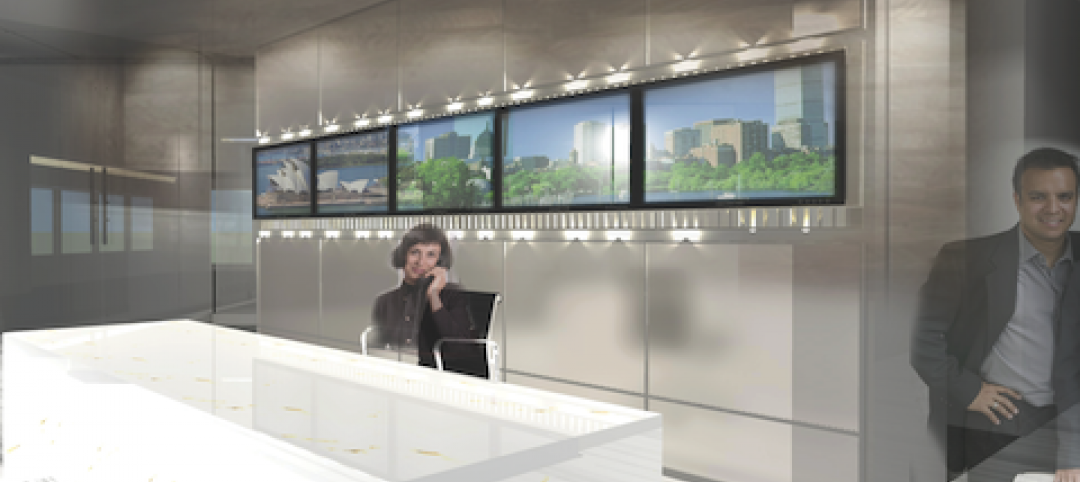Released today, the fifth annual SYLVANIA Socket Survey from OSRAM SYLVANIA finds that consumers are adjusting to new legislation and energy-efficient lighting options, with about half saying that they plan to switch to new lighting technologies. Federally mandated legislation, which was enacted in 2007, has already begun phasing out two incandescent-bulb wattages (100-watt in 2012 and 75-watt in 2013) and will begin its final phase in January 2014 with 60- and 40-watt bulbs.
OSRAM SYLVANIA’s industry-benchmark Socket Survey shows that 38 percent of those polled are aware that the 100-watt bulb was phased out in 2012, which is up from just 29 percent last year and 19 percent in 2010. While these findings show an increase in consumer awareness of the initial legislative phase outs, nearly half are unaware that there will be additional wattages phased out in 2014.
“Consumers are taking time to evaluate their lighting choices, which are now more abundant than ever, and accepting more energy-efficient options,” says Rick Leaman, president and CEO, OSRAM SYLVANIA. “Our company remains dedicated to offering the very best in next-generation lighting choices because it is our responsibility to keep pace with the ever-changing world of technology to meet the various needs of our consumers.”
More than a third of Americans have evaluated their lighting options in the past six months, and more than half (53%) have done so in the past year. With lighting education promoting the acceptance of energy-efficient alternatives and about half of consumers planning to switch to new technologies, it is evident that consumers are shifting their lighting preferences based on their understanding of the evolving industry.
Commissioned annually by OSRAM SYLVANIA, the SYLVANIA Socket Survey is the industry’s foremost national measurement of the evolving consumer lighting landscape. Now, in its fifth year, the survey shows a significant decrease — a 16% drop year over year — in those who said that they have incandescent bulbs in their homes. About one in 10 consumers say that they have LED bulbs in sockets.
Additional findings of the 2012 SYLVANIA Socket Survey include:
Consumer Habit and Trends
- Since 2008, the number of consumers that listed “burned out or broken" as their main reason for switching out their bulbs dropped by 10 percent. 68 percent of Americans say that they have switched lighting for increased energy efficiency.
- While replacement of burned out or broken bulbs and energy efficiency remain as top reasons why consumers choose to switch bulbs, they are increasingly interested in the amount of light (up 16 percent since 2008) and quality of the light color produced (up 19 percent since 2008).
- Longevity, brightness, energy efficiency and price are the top light bulb evaluation factors and are considered important by 9 in 10 consumers.
- Instituted in last year’s survey, the value that consumers are placing on their lighting products being made in America has increased, as 77 percent of Americans now believe it is important that their bulbs are “Made in America.”
Phase-Out Preparedness and New Technology Adoption
- Consumers are evenly split about their awareness of the phase-out of additional wattages through 2014.
- Six in 10 consumers say that they are more excited about the phase-out than they are concerned about it, yet 28 percent of respondents are still worried, as they prefer using traditional incandescent bulbs.
- Sixteen percent of respondents say that they plan to save up or “hoard” 100-watt incandescent bulbs while they are still available, which is very similar to the 13 percent that said that they would stockpile 100-watt bulbs in 2009, 2010 and 2011.
- About half of consumers are likely to switch to alternative technologies, significantly less than in 2010 and 2009. While the remainder is more likely to use lower wattages or stock up on 100-watt bulbs.
The survey was conducted over an 8-day period in November, 2012. More than 300 interviews were conducted via landline and cell phone.
(http://www.sylvania.com/en-us/tools-and-resources/surveys/Pages/socket-survey.aspx)

Related Stories
| Nov 3, 2010
Recreation center targets student health, earns LEED Platinum
Not only is the student recreation center at the University of Arizona, Tucson, the hub of student life but its new 54,000-sf addition is also super-green, having recently attained LEED Platinum certification.
| Nov 3, 2010
Virginia biofuel research center moving along
The Sustainable Energy Technology Center has broken ground in October on the Danville, Va., campus of the Institute for Advanced Learning and Research. The 25,000-sf facility will be used to develop enhanced bio-based fuels, and will house research laboratories, support labs, graduate student research space, and faculty offices. Rainwater harvesting, a vegetated roof, low-VOC and recycled materials, photovoltaic panels, high-efficiency plumbing fixtures and water-saving systems, and LED light fixtures will be deployed. Dewberry served as lead architect, with Lord Aeck & Sargent serving as laboratory designer and sustainability consultant. Perigon Engineering consulted on high-bay process labs. New Atlantic Contracting is building the facility.
| Nov 3, 2010
Dining center cooks up LEED Platinum rating
Students at Bowling Green State University in Ohio will be eating in a new LEED Platinum multiuse dining center next fall. The 30,000-sf McDonald Dining Center will have a 700-seat main dining room, a quick-service restaurant, retail space, and multiple areas for students to gather inside and out, including a fire pit and several patios—one of them on the rooftop.
| Nov 2, 2010
11 Tips for Breathing New Life into Old Office Spaces
A slowdown in new construction has firms focusing on office reconstruction and interior renovations. Three experts from Hixson Architecture Engineering Interiors offer 11 tips for office renovation success. Tip #1: Check the landscaping.
| Nov 2, 2010
Cypress Siding Helps Nature Center Look its Part
The Trinity River Audubon Center, which sits within a 6,000-acre forest just outside Dallas, utilizes sustainable materials that help the $12.5 million nature center fit its wooded setting and put it on a path to earning LEED Gold.
| Nov 2, 2010
A Look Back at the Navy’s First LEED Gold
Building Design+Construction takes a retrospective tour of a pace-setting LEED project.
| Nov 2, 2010
Wind Power, Windy City-style
Building-integrated wind turbines lend a futuristic look to a parking structure in Chicago’s trendy River North neighborhood. Only time will tell how much power the wind devices will generate.
| Oct 13, 2010
Hospital tower gets modern makeover
The Wellmont Holston Valley Medical Center in Kingsport, Tenn., expanded its D unit, a project that includes a 243,443-sf addition with a 12-room operating suite, a 36-bed intensive care unit, and an enlarged emergency department.
| Oct 13, 2010
HQ renovations aim for modern look
Gerner Kronick + Valcarcel Architects’ renovations to the Commonwealth Bank of Australia’s New York City headquarters will feature a reworked reception lobby with back-painted glass, silk-screened logos, and a video wall.
| Oct 13, 2010
Community center under way in NYC seeks LEED Platinum
A curving, 550-foot-long glass arcade dubbed the “Wall of Light” is the standout architectural and sustainable feature of the Battery Park City Community Center, a 60,000-sf complex located in a two-tower residential Lower Manhattan complex. Hanrahan Meyers Architects designed the glass arcade to act as a passive energy system, bringing natural light into all interior spaces.

















